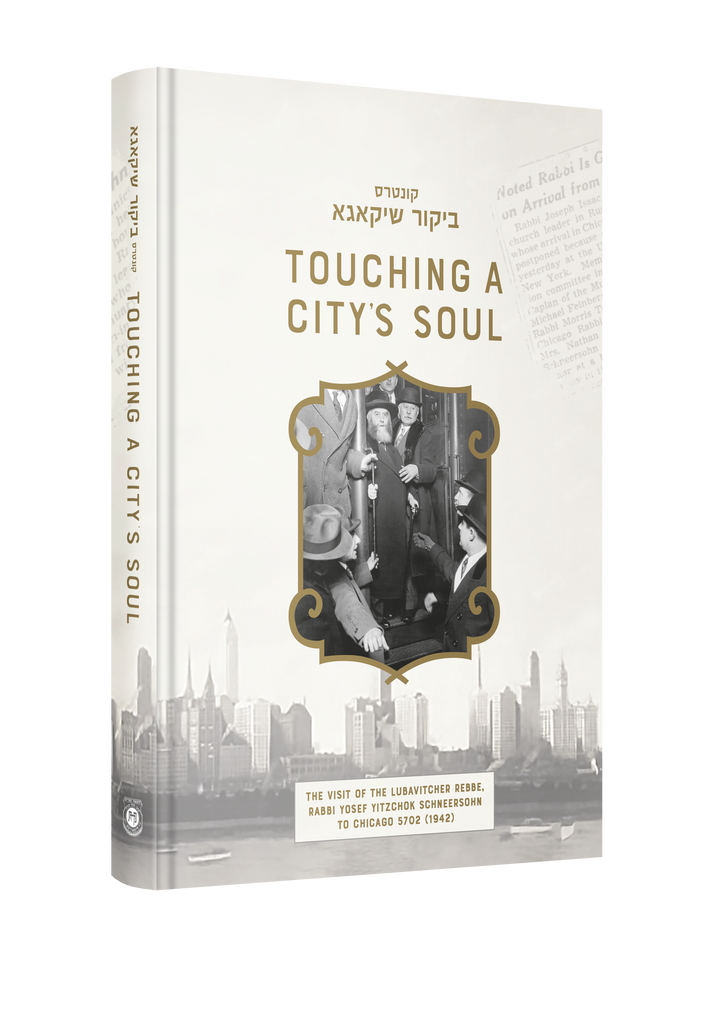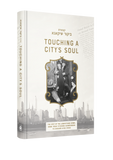The Visit of the Lubavitcher Rebbe, Rabbi Yosef Yitzchak Schneersohn זצוקללה"ה נבג"מ זי"ע to Chicago 5702 (1942)
It’s hard, almost impossible, today to picture how American Jews felt in the early 1940s. They saw themselves at a crossroads with many different paths open to them. By and large, they remembered where they came from. In Eastern Europe, the warmth, joy, and deep roots of their Jewish heritage had left indelible marks on their personalities. But America was challenging. Learning a new language was hard, making ends meet and finding a job – especially one that did not require working on Shabbos – even more difficult.
Moreover, the challenges did not only come from external circumstances. In Europe, the local population had made sure that the Jews remained conscious of their religious identity. By contrast, in the U.S., a melting pot mentality prevailed. American Jews felt that all the doors to success could be opened for them; all that was necessary was to be like everyone else.
Furthermore, they had to battle sadness and despair. They knew of the horrors that their brethren – and for some, their family members – were suffering in Europe and that saddled them with a heavy inner burden.
In this environment, Rabbi Yosef Yitzchak Schneersohn, the sixth Lubavitcher Rebbe, sounded his clarion call, “America is nish anderish”; A Jew in America should live no differently than he lived in Europe.
Arriving in America in 5700 (1940) from Warsaw, broken in body from the Soviet persecution and having witnessed firsthand the Nazi conquest of Poland, the Rebbe rallied American Jews to a reawakening of pride in their heritage. With a firm and vigorous spirit, he inspired them to strengthen their study of the Torah and the observance of its mitzvos, and to provide authentic Jewish education for their children.
Related Product
$90.00$150.00 /
$138.60$231.00 /
$24.05$37.00 /
$21.45$33.00 /
$21.45$33.00 /
$21.45$33.00 /
$21.45$33.00 /
$21.45$33.00 /
$21.45$33.00 /















